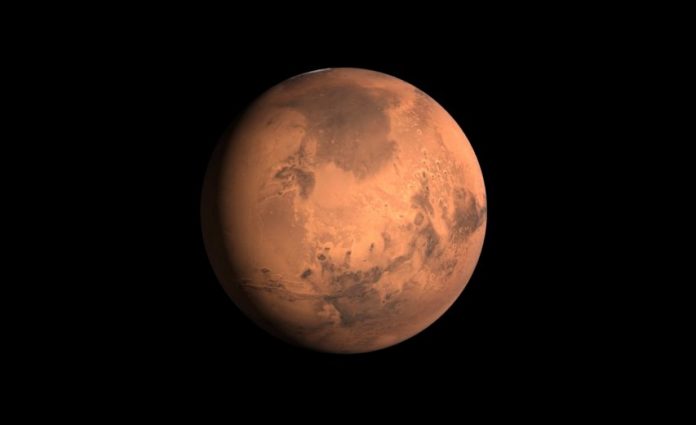Although people living in the Northern Hemisphere are experiencing a full-blown winter, Earth is now closer to the sun than it will be for the entire year.
In the early hours of Thursday morning, at 12:20 a.m. EST, Earth reached perihelion — or the closest point to the sun during the planet’s elliptical orbit around our star.
The average distance between Earth and the sun is about 93 million miles, or 1 Astronomical Unit (AU). However, during perihelion — which typically occurs in early January — our planet swings closer to the sun, snuggling within 91,403,554 miles (147,099,761 kilometers) from the incandescent star.
“That closest point comes at 11:20 p.m. CST (central U.S.) on January 2. It’ll be the morning of January 3 for Europe and Africa, later in the day January 3 for the rest of the world,” reports EarthSky.
From this point forward, Earth will gradually slide away from the sun, dipping farther out into the outer solar system until it reaches the most distant point — in about six months. Known as aphelion, the farthest point in our planet’s orbit will come on July 4, when Earth will be exactly 94,513,221 miles (152,104,285 kilometers) from the sun.
“In other words, Earth is about 3 million miles (5 million kilometers) closer to the sun in early January than it is in early July.”
Today’s event comes with a few minor changes for Earth and its inhabitants. According to Australian amateur astronomer Tom Harradine, our planet is now speeding around the sun about 2,200 mph faster than it did six months ago.
At the same time, the sun also appears 3 percent brighter in the sky compared to its observed luminosity during aphelion.
Interestingly enough, Earth’s distance from the sun has no influence over the planet’s seasons, which are shaped by the inclination of Earth’s axis.
“Seasons are actually tied to the tilt of the Earth’s axis at 23.5 degrees,” explains WPXI meteorologist Danielle Dozier. “The planet is tilted toward the sun during the summer months in the Northern Hemisphere, and away from the sun during the winter months.”
However, the January perihelion and the July aphelion do affect the length of the seasons, notes EarthSky. When the planet reaches its closest point to the sun, it accelerates in orbit, rushing along at almost 19 miles per second.
This makes the Northern Hemisphere winter — and, simultaneously, the Southern Hemisphere summer — “the shortest seasons, as Earth rushes from the solstice in December to the equinox in March.”
The relatively stable climate of our planet can be put down to Earth’s elliptical orbit, which boasts an eccentricity score of 1.7 percent. Orbital eccentricity measures how much an object’s elliptical path around the sun deviates from a perfect circle.
Other planets are not as lucky as Earth, and experience a more unwelcoming transition to perihelion, remarks the New York Times. The most extreme of these cases is exoplanet HD 20782 b, a gas giant located approximately 117 light-years away in the Fornax constellation (“The Furnace”).
According to NASA, this exoplanet has a mass of at least 1.95 times that of Jupiter and an orbital eccentricity of 97 percent — the highest ever discovered. This means that the planet travels around the sun in an oval orbit, which exposes it to violent radiation during perihelion and plunges it into a deep freeze during aphelion.








